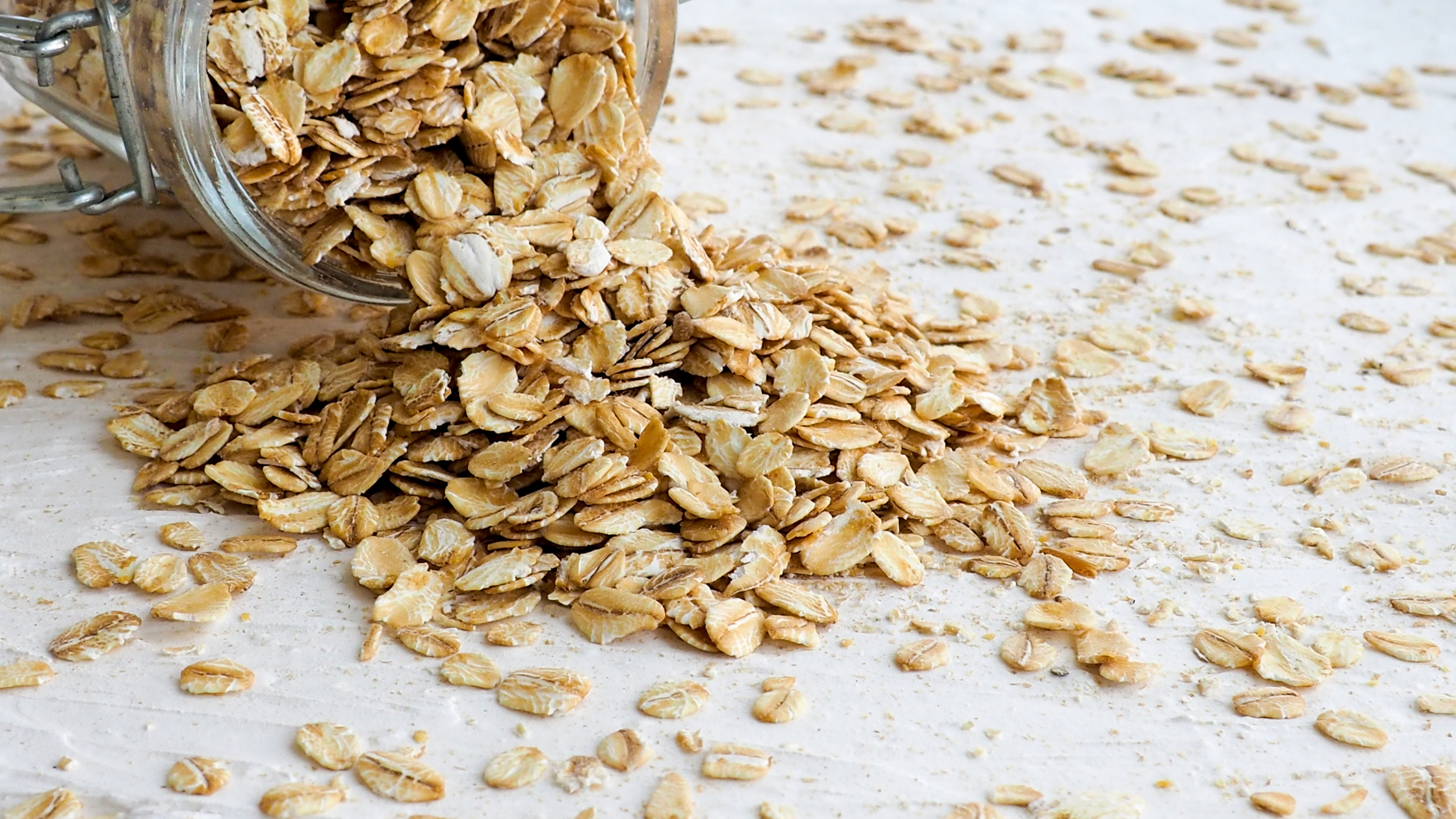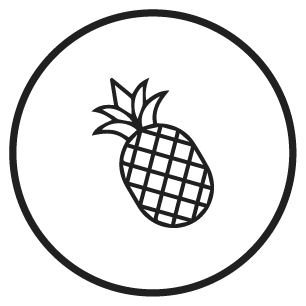If you eat a lot of oats or have young children who do, this is an important study to be aware of. Since there is no federal monitoring of glyphosate in oats, the Environmental Working Group conducted several studies in 2018/2019 where they tested popular oat products for glyphosate residue.
Glyphosate, the active ingredient in Monsanto’s Roundup, is sprayed on oats right before harvest to dry them out, so it ends up in many oat-based products, like cereals and breakfast bars.
Here are the key findings:
> All but one of the tested products contained glyphosate at levels higher than what EPA previously allowed on oats, in 1993. EWG’s petition, under consideration by EPA, calls on the agency to return to its health-protective 1993 standard. But it could take years for EPA to act, and the agency has even been caught colluding with Monsanto to promote the claim that the chemical is safe.
> The two highest levels of glyphosate were found in Honey Nut Cheerios Medley Crunch, with 833 parts per billion, or ppb, and Cheerios, with 729 ppb. The EWG children’s health benchmark is 160 ppb.
> Over the past 25 years, the EPA has increased the amount of glyphosate residue allowed on oats 300-fold. The first increase, to 20 ppm, was granted in response to a 1997 petition from Monsanto, when farmers around the world first began using glyphosate widely as a late-season drying agent. It was increased again to the current 30 ppm level in 2008.
What have the companies done since this study?
Unfortunately, not a whole lot. Only one company has set an official goal to phase out glyphosate in pre-harvest use.
General Mills – has not set any public goals to reduce residues but General Mills officials say the company is contracting some farmers in Canada to supply it with oats that have not been pre-treated with Roundup. The move appears to be the result of increasing consumer pressure and concerns that Roundup may eventually be banned. Not sure how much this affects US products though.
Quaker Oats- has not set any goals to reduce residues and has this on their website: Any minimal levels of glyphosate that may remain in finished products where oats are an ingredient are significantly below regulatory limits, safe for our consumers, and well within compliance with the safety standards set by the FDA and Environmental Protection Agency (EPA), to name a few.
Kelloggs – Kelloggs said it is working with suppliers to phase out glyphosate, as a pre-harvest drying agent on wheat and oats by the end of 2025.
What about organic?
In the organic products, glyphosate was detected at concentrations of 10 ppb to 30 ppb in 5 of 16 samples — well below the EWG health benchmark so if you eat a lot of oat products, your safest bet is to try to fit organic into your budget.
Link to study: https://www.ewg.org/…/roundup-breakfast-part-2-new…








0 Comments